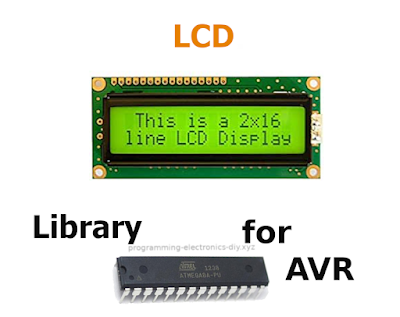Homemade PCB - not as hard as you might think. Ordering the PCB from a manufacturer might be easier but the disadvantage is the long waiting time, and in case you made a mistake in board design you need to repeat the process again.
For prototyping or for a one board spin, it is more practical and economical to make the boards at home. Following this tutorial you will be able to make a nice board in just a few minutes. The tutorial looks long because of the explanations, but once you get experience it's an easy task.
STEP 1: Printing circuit diagram
You will need a laser printer for this. The toner in the laser printer has plastic particles that will melt and stick to the copper clad. The sole purpose of the toner is to protect the copper below it from the ferric chloride. I use Brother HL-1210WE laser printer.
The circuit diagram is created using DipTrace. I find it much easier to use than Eagle. You can print directly from DipTrace but i prefer exporting top, bottom and silk layers to .png files with 600 dpi density, and then arrange them on a A4 project to be printed on a single A4 paper. For this you need an image editor like Gimp, Inkscape, etc. I use Inkscape and it's free. The project in the image editor must have the same DPI as the exported images from the PCB design software. Also the printer must be set to print with the same DPI and everything will have the correct scale.
For aligning the layers i print the board dimensions (see image above) and use the lines at the corners to align the two layers on the light projector.
Only the top layers must be mirrored. I do this in DipTrace when exporting the image but it can be done in the image editor to.




